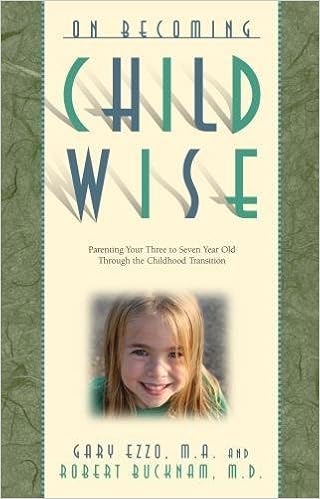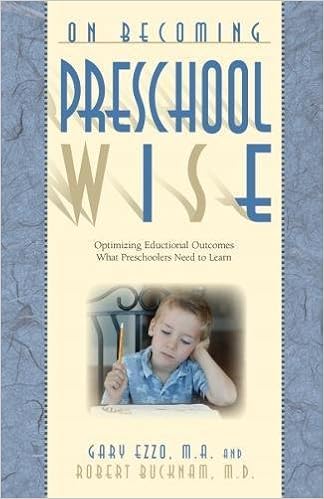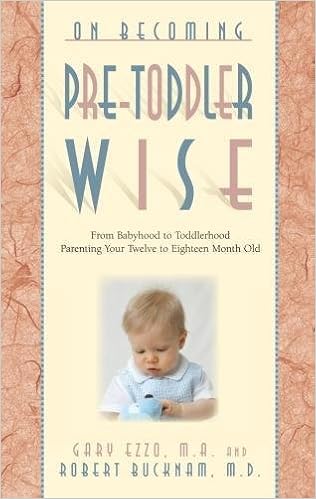A summary of the book On Becoming Babywise. Know what the book is all about and milestones to expect with the Babywise method.

What is the gist of Babywise? The premise? The abstract? The basics? The bare theory?
Are you considering using On Becoming Babywise with your baby but want to know more about it first? Do you wonder how intense it is or how involved you have to be?
I see and hear lots of comments about how “Babywise” something is or how much or little people follow Babywise. People feel like they need to qualify their level of Babywise.
Here is the thing; it really isn’t about that. It isn’t a list of dos and don’ts and you get points for it. It isn’t a ratings scale (from one to ten, how Babywise are you?).
It really isn’t even a program.
So what is it then?
Simply put, it is a lifestyle.
Read: How To Successfully Do “On Becoming Babywise”
When you get to know the why of what you are doing, you don’t reference the book to “tell you what to do” with your baby in every scenario. It just all comes naturally.
You don’t worry and stress out about meeting that goal to be sleeping through the night by 7-8 weeks because “the book says that is the norm.” You know and can tell baby is headed in that direction and these night wakings will soon be a distant memory. You also know that if your baby starts sleeping through at 14 weeks instead, that is fine. No problem.
When I say Babywise is a lifestyle, it doesn’t mean you have to follow Babywise principles with an “all or nothing” approach. I think that in just about any parenting book you read, there will be things you agree with and things you don’t agree with.
The same is true for Babywise. There will be things you will do and things you will think, “not for me.” I think the only way you would agree with something 100% is if you wrote it yourself–and in a couple of years, you will likely find things you disagree with!
I try to stress over and over the theory of Babywise on this blog. My theory posts are never as popular as my “how-to” posts.
I hope you are reading the theory just as much as the how-to. Once you really understand the theory, you won’t have to stress so much over the how-to. You will be more flexible. You will be more relaxed. You will not stress over every little “set-back.”
I once read a delightful parenting book that talked about why vs. how. She says “If you don’t know the why, the how will not be nearly as effective” (The Parenting Breakthrough
Post Contents
- Babywise Book Summary
- Chapter One: Family
- Chapter Two: Feeding
- Get the whole series here
- Chapter Three: Sleep
- Chapter Four: Feeding
- Chapter Five: Monitoring Growth
- Chapter Six: Establishing Your Baby’s Routine
- Chapter Seven: Waketime and Naptime
- Chapter Eight: When Your Baby Cries
- Chapter Nine: Colic, Reflux, and the Inconsolable Baby
- Chapter Ten: Multiple Birth
- Chapter Eleven: Problem Solving
- Chapter Twelve: Parenting Potpourri
- Chapter Thirteen: Principles for Starting Late
- Related Posts
Babywise Book Summary
Let’s put things simply, chapter by chapter. Here is a list of each chapter, my personal abstract of each chapter, and my thoughts on each chapter. These are my personal viewpoints on each chapter; what each idea means to me.
Chapter One: Family
The gist of this chapter is that your baby joins a family. You should not bring your baby home and have everything revolve around the baby. Maintaining your other relationships is important.

This doesn’t mean, however, that you cart baby around with you while you live life precisely as it was before baby was born. Once baby was born, the dynamics of the family changed. The family needs to adapt to the baby as much as the baby needs to adapt to being here. Probably more. There do need to be sacrifices by everyone.
Dad needs to chill out and realize that Mom has a lot to take care of with the new addition. He needs to be an adult and accept that the focus he used to receive won’t be the same.
Mom, on the other hand, can’t let baby completely take over her mind. She needs to nurture her relationship with Dad. There will be times she will need to sacrifice even more sleep to spend some time with Dad.
Siblings need to accept that there is now another person taking up their parent’s attention. My kids have always done fine with this. Parent’s need to learn to balance all siblings needs. No one sibling needs to sacrifice everything for the other. This means baby doesn’t need to sacrifice stability so big brother can meet all of his social engagements. But it also means big brother doesn’t need to give up all of his activities so baby can sleep. Big brother will miss some activities. Baby will take some naps on the go. Overall, my view is that baby needs to sleep a lot for a short period of time, so I think more give can be from the older sibling initially. As baby gets older, things will even out more.
There will also be extended family issues. These can be the hardest to deal with; I see a lot of questions about it. I will be blunt. My basic feeling on it is that extended family (such as grandparents) are adults and can act like it. They can relinquish some of their selfishness and allow the parents to do what is best for the individual baby. This doesn’t mean baby’s life is never disrupted by family, but it does mean that family can be mature about it and have some patience and understanding.
Read: Adding Baby To the Family: A Balanced Approach
Chapter Two: Feeding
The premise of feeding with Babywise is that you use Parent Directed Feeding (PDF). You work to establish feedings every 2.5-3 hours initially and try to stabilize metabolism. Let me stress (as the book does): You always feed baby when baby is hungry. The clock does not rule your life. If baby is hungry, you feed baby.
Read: Reasons for Feeding Sooner than 2.5 Hours
If and when your baby has a growth spurt and wants to eat every two hours instead, you do it! You don’t worry about ruining what you have accomplished so far. Don’t fight growth spurts. Feed your baby as needed. Things will get back to normal again.
Get the whole series here
Chapter Three: Sleep
Sleep is important for babies. They need to sleep. You need to have regular naps for your child throughout the day. Provide that opportunity for your child. Feed your child, play with your child, then let the child sleep. Then do it all over again. You also want to move toward your baby sleeping on her own. She falls asleep and stays asleep on her own.
Will there be times she has a hard time going to sleep? Yes. There will. It won’t ruin things for you to help her out at those times.
With newborns, I have a hierarchy with sleep. Most important is that baby sleeps when baby should sleep. Second is that your baby falls asleep on her own. Third is that she stays in her bed and makes it through a transition on her own.
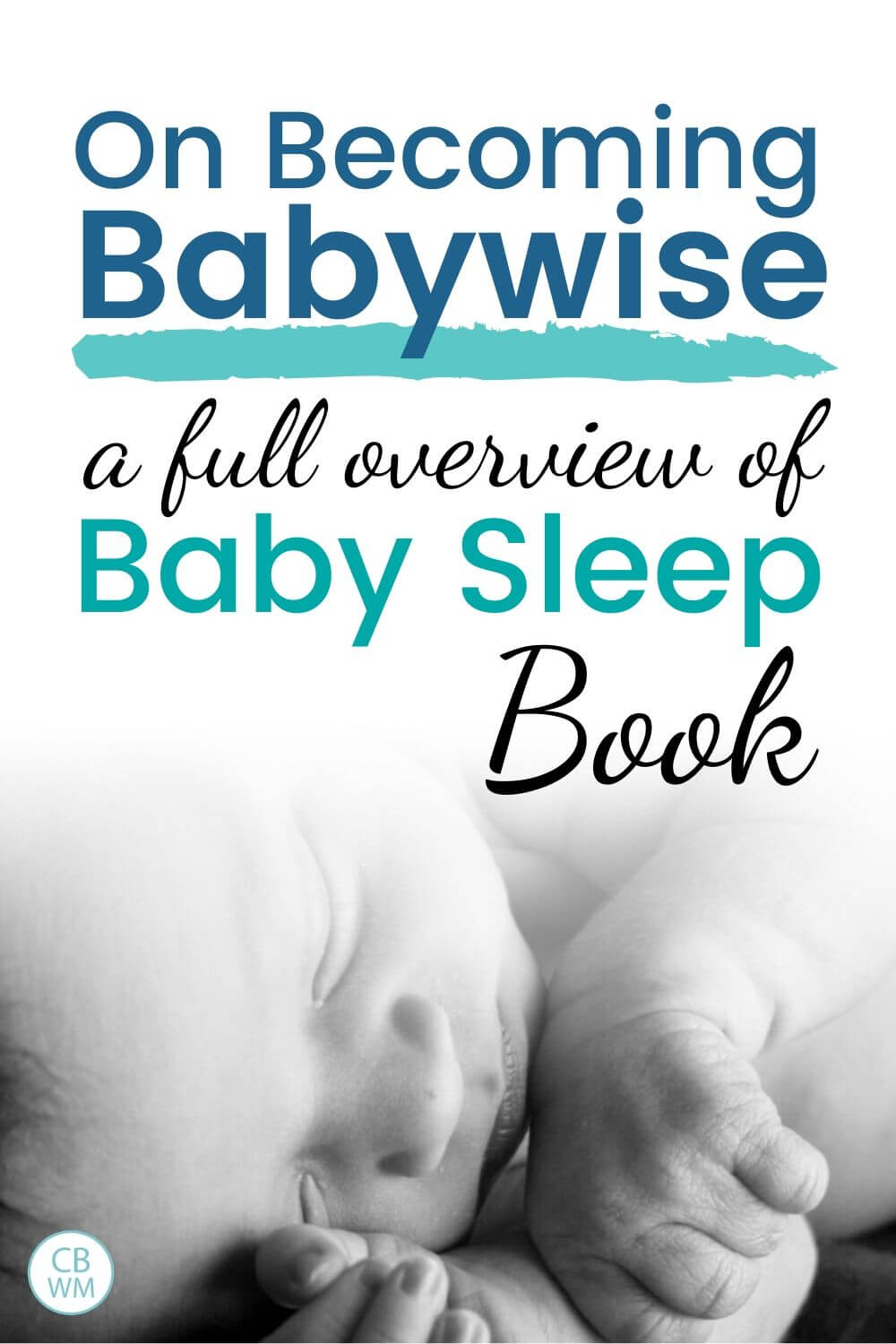
Chapter Four: Feeding
This chapter discusses breastfeeding. There are a couple of important things to take away from this chapter. One is that for the first two weeks, you do not need to stress and worry about any “rules.” Just feed your baby as needed in order to establish supply. For some, this will be every time baby asks for it. For others, you will have to rouse your baby to feed her every 2.5 to 3 hours. This chapter then goes into bottle feeding.
I love the thought on page 61 that says guilt or quest for approval is never in line with clear thinking. When deciding how to feed your baby, make the decision based on what you think is best for your baby–not what anyone else thinks. I think it is great to get input from other people. It can help you make a more educated decision. But ultimately, make sure the decision is yours.
Another thing I loved was the thought on pages 64-65 that says no matter what theory you subscribe to or what you call it, it is always parent directed. The parent is always deciding.
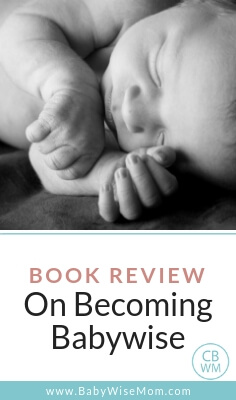
Chapter Five: Monitoring Growth
This chapter talks about monitoring growth. I don’t care how you feed your baby and what theory you use, you should monitor your baby’s growth. If this wasn’t important, I don’t think pediatricians would do it. Watch diaper output. Watch for contentment in your child. Watch for appropriate growth. No matter what philosophy you follow, monitor your baby’s growth.
Here is something important for you to note. Page 95 says that if you have a low weight-gain baby, seek your pediatrician’s advice on how often to feed. This means you listen to your doctor.
Chapter Six: Establishing Your Baby’s Routine
This chapter discusses establishing a routine with your baby. It talks about different lifestyles and how to apply the theories of the book based on your personal lifestyle. It talks about flexibility. Then comes the part that I reference more than any other part of the book. The “milestones.” Lists of what babies typically do when, and what you can do to perpetuate these milestones.
What are some key notes here? Page 107–wakefulness is a goal to strive toward. Your newborn will not be awake after every feeding immediately. It takes time and effort.
Another is on flexibility. True flexibility is not a lack of routine, but a temporary deviation from normal (page 110). I think the idea of flexibility can be hard for new moms to fully grasp. Don’t worry. Flexibility within context gets easier as you come to understand theory better.
Chapter Seven: Waketime and Naptime
As the title of the chapter suggests, this chapter talks about waketime and naptime activities and norms for different ages.
Here is a very important piece of information to take from this chapter. Getting your baby to sleep through the night is not the final goal in parenting. But it is a right beginning (page 134).
Chapter Eight: When Your Baby Cries
This chapter talks about babies and crying. It talks about ways to respond to crying. It talks about reasons for crying, and it discusses what to do to help stop the crying if possible (some crying, like witching hour, might be able to be alleviated some with some babies, but not really “stopped”).
All babies cry. The trick here is to respond to the “why” of the cry, not just the fact that baby is crying. Attending to the why truly helps baby (page 139).
Another great point in this chapter in relation to sleep training is that your goal is not to teach baby not to cry, it is to teach baby to sleep (page 148).
Read: Tips for Deciphering Your Baby’s Crying
Chapter Nine: Colic, Reflux, and the Inconsolable Baby
This chapter is new to this version of the book. I love it. It talks about these three issues and gives stories of moms who have been through it. I think it is a very encouraging chapter on what to do and assures moms you won’t be ruining baby for life when making adjustments as needed for these babies.
Here are my favorite points from this chapter. Nobody knows baby like the parents do (page 159). Trust yourself. This chapter also says that Babywise is most beneficial to colic and reflux babies. I found this to be true with Kaitlyn! She did great with Babywise. Yes, we had adjustments we made to tailor to her specific circumstances, but she really benefited from the routine feedings.
Read: Babywise and Reflux
The authors point out that some days will go great and others will require that you focus on the overall picture rather than that day (page 172). What great advice! We all have good days and bad days.
Now for one of my favorite lines in the entire book. It is okay if baby doesn’t follow the book exactly–no baby does (page 168). It is impossible for a book of 252 pages to cover every possible stumbling block along the way for one child, much less all children. This is a key reason as to why it is a good idea to get to understand the why behind what you are doing. That way, you can realize what is best, normal, and okay for your individual child.
And another great one: you are not competing with anyone (page 168). Not your friend, not your neighbor, not the baby outlined in the book, not my baby, not your older child…no one. This isn’t a race or competition.
Read: Helpful Tips to Survive the Colicky Newborn
Chapter Ten: Multiple Birth
This chapter is on multiples, which of course I have no experience with 🙂 There are a lot of great little tidbits in this chapter even if you don’t have multiples.
One great tip is that playpen time (independent play) becomes a time of refuge for multiples (page 187). This is also true for siblings. I think one reason Kaitlyn loves independent playtime is so she can go in her room by herself and just do what she wants to without her brother telling her how to do it, where to stand, and what to say ;).
Read: Babywise and Twins
Chapter Eleven: Problem Solving
This chapter takes you through common issues and the process of solving those issues. This chapter can help teach you how to problem solve yourself. It give some logical guidelines for what to consider at different ages.
There are some important things to note here. Jaundice babies usually need to nurse more often (typically every two hours). Page 192 says to do that if needed.
Also note the times that the book says to feed baby when hungry. It doesn’t matter why–if baby is hungry, you feed baby.
Read: Babywise FAQs
Chapter Twelve: Parenting Potpourri
Don’t let the random mod podge of categories in this chapter fool you–this chapter is full of valuable information.
Chapter Thirteen: Principles for Starting Late
I would guess there are a lot of parents out there who start Babywise late for their first Babywise baby. This chapter helps give you some basic starting points to get going.
A great point no matter what age you start–start with day first (page 230). Once the day is in place, the night usually follows.
Related Posts
- Parent Directed Theory (Babywise PDF) Explained
- Babywise Instructs Parents to Feed Baby When Hungry
- Starting Babywise Late Guide
- Your Babywise Baby First Year Overview
- Babywise Sample Schedules: The First Month
 On Becoming Babywise: Givin...Shop on Amazon
On Becoming Babywise: Givin...Shop on Amazon



